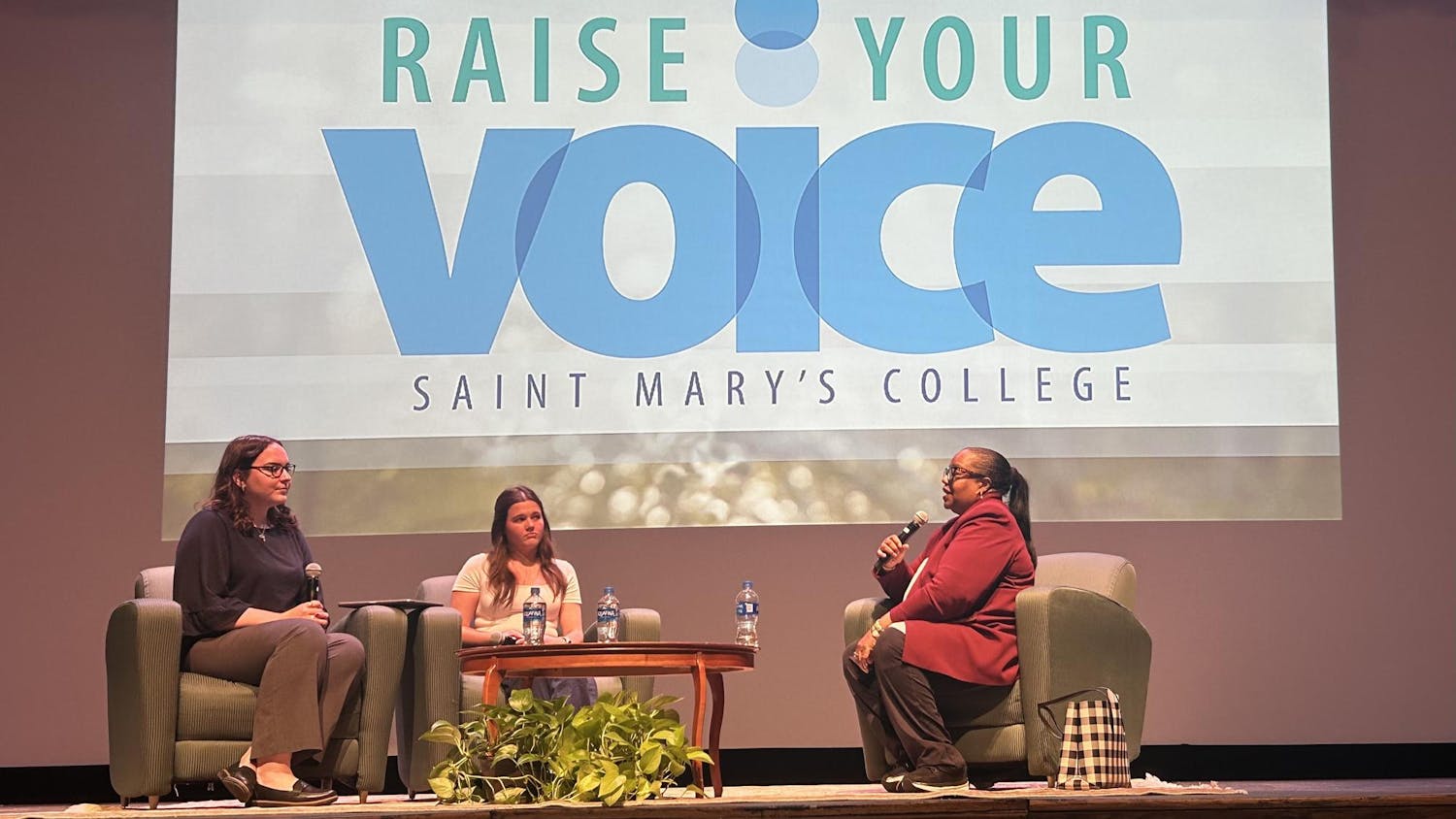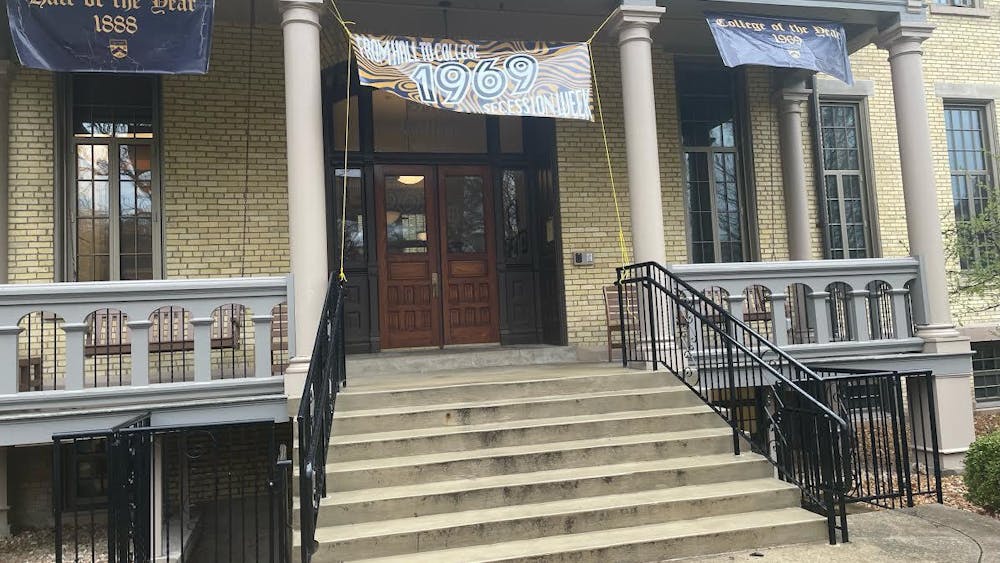The Campus Committee of the Hesburgh Library Renovation Team continues to plan Phase Two of the library renovation, which will involve restructuring of the first and second floors.
"We want to make [the library] a better environment for our users, we want to make the building work better," Denise Shorey, chair of the Library Services and Programs Committee, said. "We want the library to be able to respond more efficiently and effectively to the needs of the campus."

Shorey said the pre-planning for the second phase of the renovation began during the 2007-2008 academic year. The library announced plans for the renovation last spring, and construction is targeted to begin during the summer of 2011.
The total anticipated cost of the construction will be $26.55 million, according to the Hesburgh Libraries Web site. Phase Two of the renovation includes the space north of the central concourse and the Faculty Lounge on the first floor, as well as the entire second floor.
The architectural firm Shepley Bulfinch Richardson & Abbott created a master plan for the library renovation back in 2000 before Phase One of the renovation, the lower level, had been completed. Shorey said this master plan was a starting point for Phase Two, but is outdated in many aspects. Shepley was hired again to design the floor plan for Phase Two, she said.
"The vision is still the same that we will have a chance to improve and increase our collections [and that] the library will be a place for social and intellectual interaction," Shorey said.
One of the biggest goals of the renovation, Shorey said, is to improve the overall appearance of the library — to make it a more comfortable, inclusive space where people can spend hours at a time.
"The architects have said [the library is] like a supermarket, like a warehouse … now when you come in there's horrible fluorescent light. You turn the wrong corner and you have no idea where you are. Very little on [the first] two floors is actually structural," Shorey said.

Study body vice president Cynthia Weber is an undergraduate representative on the Campus Committee, which leads the planning of the library renovation. Weber communicates the needs and concerns of the student body to the committee.
"In the actual committee meeting, my role is to [bring up] the basic needs — coffee, more study spaces and outlets," she said.
The other undergraduate student representative on the committee is JoAnna Roman, and the graduate student representative is Lauren Whitnah.
Weber said she does not believe the library renovation is a huge talking point yet among students because the schematics have not yet been finalized.
"By March the Campus Committee will begin looking at schematics," she said. "Right now we're looking at programming — identifying what technology, what resources are needed."
Weber said she hopes the renovation will encourage more student and faculty interaction within the library.
Phase Two of the renovation will be done in two parts. Each part will last from 10-12 months, Weber said. The library will still remain completely functional.
"You can't have a renovation without a degree of disruption, but we will certainly make every attempt to make it as undisruptive as possible," Shorey said.
Shorey said one of the challenges of the renovation is addressing the different needs of students, staff and faculty.
"We're looking at a grand reading room, for instance. We've heard repeatedly from faculty members that they want their primary texts close to an area where they can work," she said.
Shorey said it is important for the library to be both a place to study and to socialize. She said the renovation will bring the scattered staff offices together in one location and will include the addition of more group consultation rooms, classrooms and training rooms.
"There simply is not enough appropriate space on campus for students to use for studying and collaboration," he said. "One of the roles that the library has always had is to be an intellectual environment. It's also been a place where people came to meet … it's convenient and it's a central point for undergraduates."
One of the most difficult challenges those on the committee face, Shorey said, is creating a social and academic space that embodies the traditional ideals of a library but also looks towards the future.
"Yes, this is a library. Yes, it has traditions, but it's also a place that has to be accommodating for the now — [the challenge is] how you blend that," she said.












